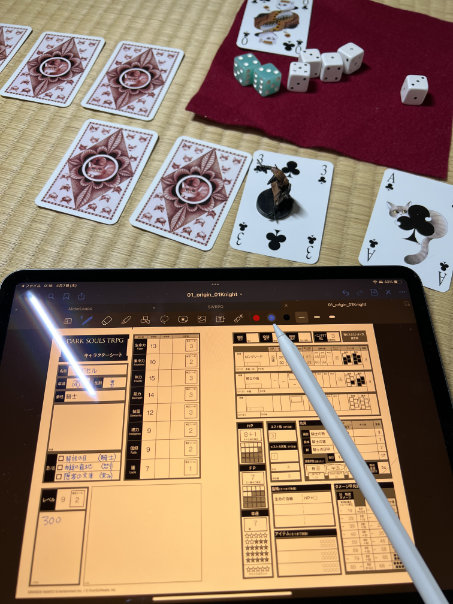The last few years have seen a proliferation of digital editions of TRPG books and related tools in Japan. While many books are still physical only, there’s a growing number of both indie and commercial games with digital editions available.
While several sites focus on games and fan made content, many that originally focused on digital comics have extended their selection to include TRPGs. The sites focused on gaming products tend to have more categorization and filtering specific to games. They also usually provide the content as PDFs and/or zip files of contents instead of EPUBs with DRM or browser/app based viewing.
There are a lot of options, but I usually start my search at Booth and Conos, and then branch out to other services if they don’t have the content I’m looking for. Many publishers list on multiple sites, and while the pricing is uniform, their offerings will sometimes differ.
In terms of pricing, physical and digital editions of commercial games are often the same price or only a slight discount provided. As an example, the Japanese edition of Cyberpunk RED costs ¥7,200 for either physical or digital, while the English edition costs $60 for physical and $30 for digital. Indie games often have a bit of a discount. The indie game Praise for Angels, for example, costs ¥1,800 for the PDF and ¥2,900 for the print edition. Some services provide point systems, often with sales that increase the points received for a purchase while leaving the purchase price unchanged.
A word of warning for those hoping to use built in dictionaries: from what I’ve seen, text is not selectable in most rulebooks except those sold as PDFs. Replays formatted like a novel that I’ve read on Kindle have had selectable text and the dictionary worked, but I haven’t tested replays on other services. PDFs generally don’t have this problem, though sometimes text selection can be odd. Continue reading TRPG Digital Delve
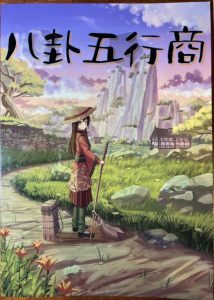 As a kid I adored the Torneko story arc and running a shop in Dragon Quest IV, so when I saw the indie TRPG Hakke Gogyou Shou (八卦五行商) and its beautiful cover, I was immediately intrigued. A slim fourteen black and white pages with a glossy cover, it’s a game of merchants peddling their wares in an ancient China inspired fantasy.
As a kid I adored the Torneko story arc and running a shop in Dragon Quest IV, so when I saw the indie TRPG Hakke Gogyou Shou (八卦五行商) and its beautiful cover, I was immediately intrigued. A slim fourteen black and white pages with a glossy cover, it’s a game of merchants peddling their wares in an ancient China inspired fantasy.

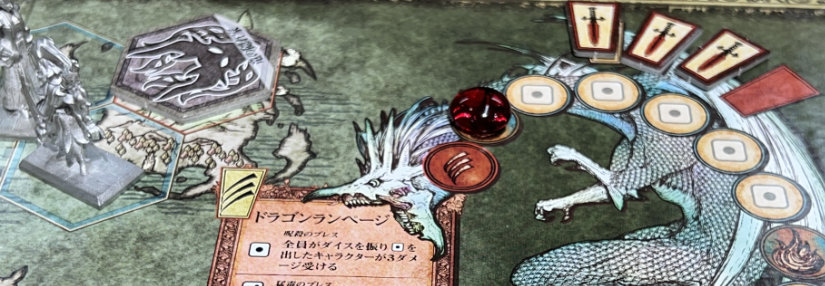
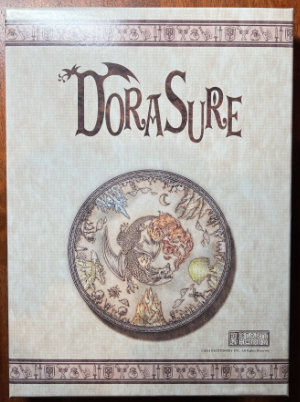
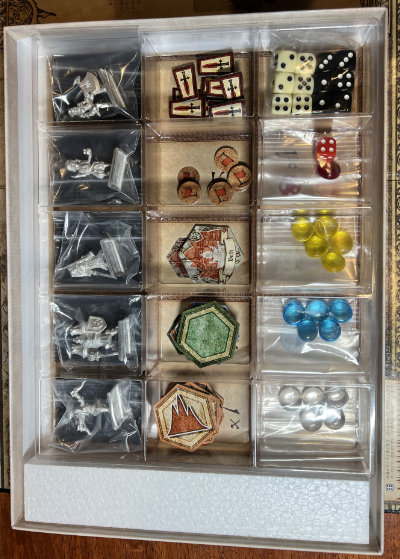

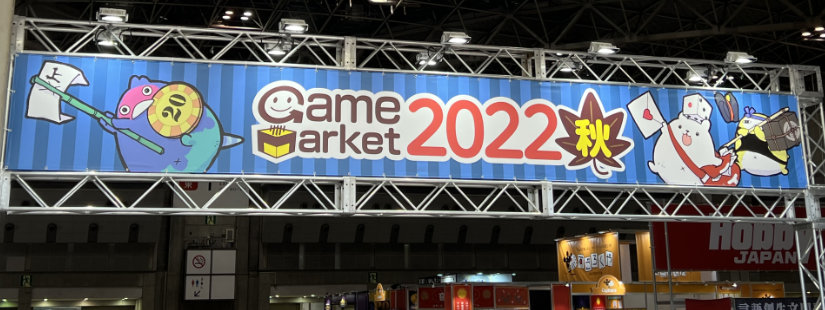

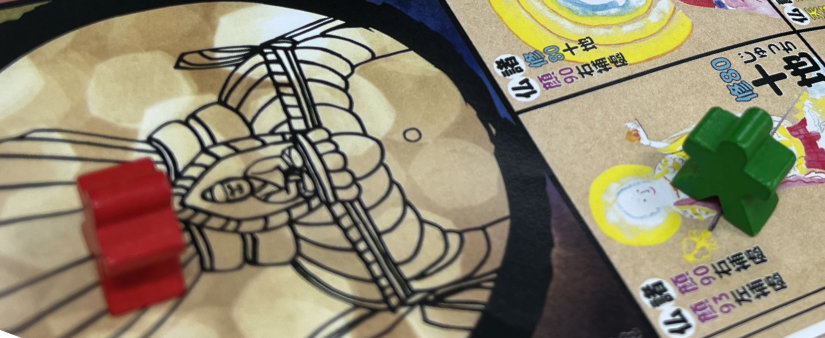


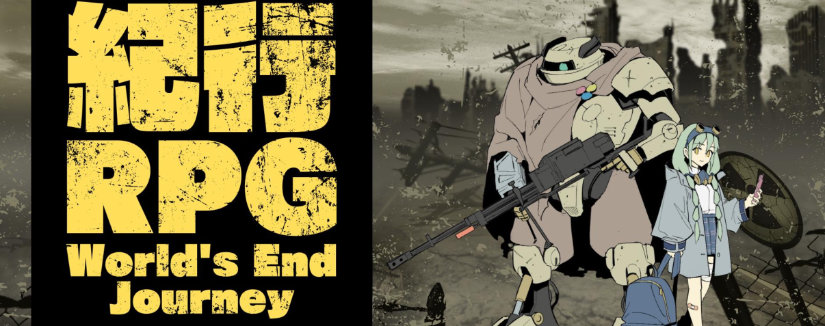
 Both the free 16-page and paid 40-page PDFs are A4 landscape with a three column layout. Primarily in black and white with a few images, the sample characters are illustrated in full color. The sections are clearly labeled and handy reference numbers are provided to make navigation even easier.
Both the free 16-page and paid 40-page PDFs are A4 landscape with a three column layout. Primarily in black and white with a few images, the sample characters are illustrated in full color. The sections are clearly labeled and handy reference numbers are provided to make navigation even easier.
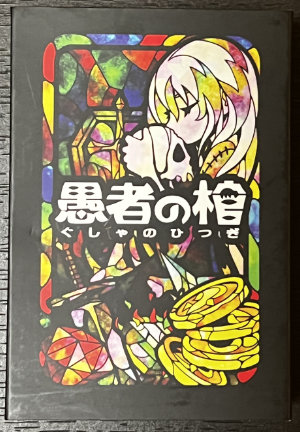 Fool’s Coffin is a drafting game for two to six players with a twenty minute play time. Players are adventurers attempting to acquiring treasure from an ancient king’s tomb. Complicating this are five ghosts that like to play tricks on intruders. I picked Fool’s Coffin a while back at Tokyo Game Market and finally got a chance to play it. I was initially drawn to it by its beautiful cards, but was also looking for a lighter game with short play time.
Fool’s Coffin is a drafting game for two to six players with a twenty minute play time. Players are adventurers attempting to acquiring treasure from an ancient king’s tomb. Complicating this are five ghosts that like to play tricks on intruders. I picked Fool’s Coffin a while back at Tokyo Game Market and finally got a chance to play it. I was initially drawn to it by its beautiful cards, but was also looking for a lighter game with short play time.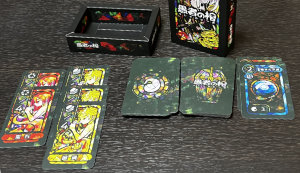 There are 25 ghost cards (five per type) and thirteen types of items for a total of 30 item cards. Each item corresponds to one of the five ghosts. For example, a sword is covered by the weapons ghost. Finally there are six reference cards, one for each player, listing the tricks each ghost does.
There are 25 ghost cards (five per type) and thirteen types of items for a total of 30 item cards. Each item corresponds to one of the five ghosts. For example, a sword is covered by the weapons ghost. Finally there are six reference cards, one for each player, listing the tricks each ghost does.
